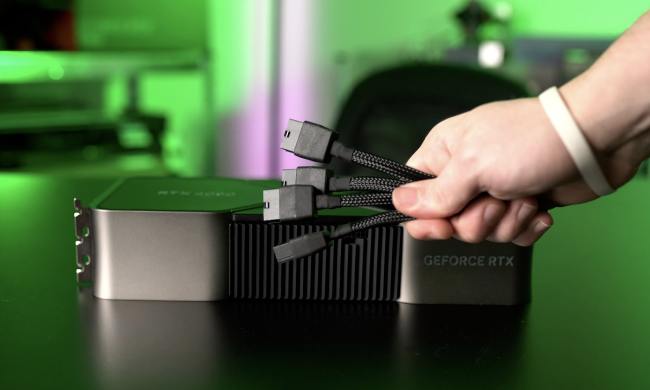
The U.S. Sixth Circuit Court of Appeals has ruled that email users have the same expectations of privacy as telephone and postal mail users, and that therefore the government needs to obtain a search warrant before it can secretly search or seize email messages—even if they’re stored at service providers.
“The police may not storm the post office and intercept a letter, and they are likewise forbidden from using the phone system to make a clandestine recording of a telephone call—unless they get a warrant, that is,” the court wrote in its opinion (PDF). “It only stands to reason that, if government agents compel an ISP to surrender the contents of a subscriber’s emails, those agents have thereby conducted a Fourth Amendment search, which necessitates compliance with the warrant requirement.”
The decision comes in the appeal of a case against Steven Warshak, who operated a company best known for selling a “make enhancement” product. Warshak argued that the government had overstepped its authority by secretly seizing his email from his service provider without warrants and without informing Warshak. The government’s authority to seize email messages from third parties without warrant or informing the target of an investigation stems from the 1986 Stored Communications Act; in practice, the act has enabled police and other authorities to access email messages stored in users’ accounts without notification or a warrant if they are more than 180 days old. To access these older messages, the government need only supply a 2703(d) order—commonly called an “administrative subpoena”—which do not have a requirement that the government show probable cause.
The case marks the first time a federal court has ruled against the Stored Communications Act, which so far has been unchallenged by ISPs and service providers, possibly because they don’t want to pick a fight with the federal government unless absolutely necessary. However, the ruling may not mean much for Warshak’s appeal—he has already been convicted of fraud and other offenses—because the police acted in good faith with existing law. Warshak’s case will be referred back to a lower court for a new sentence; he’s also still on the hook for $44 million as part of a money laundering judgement.


